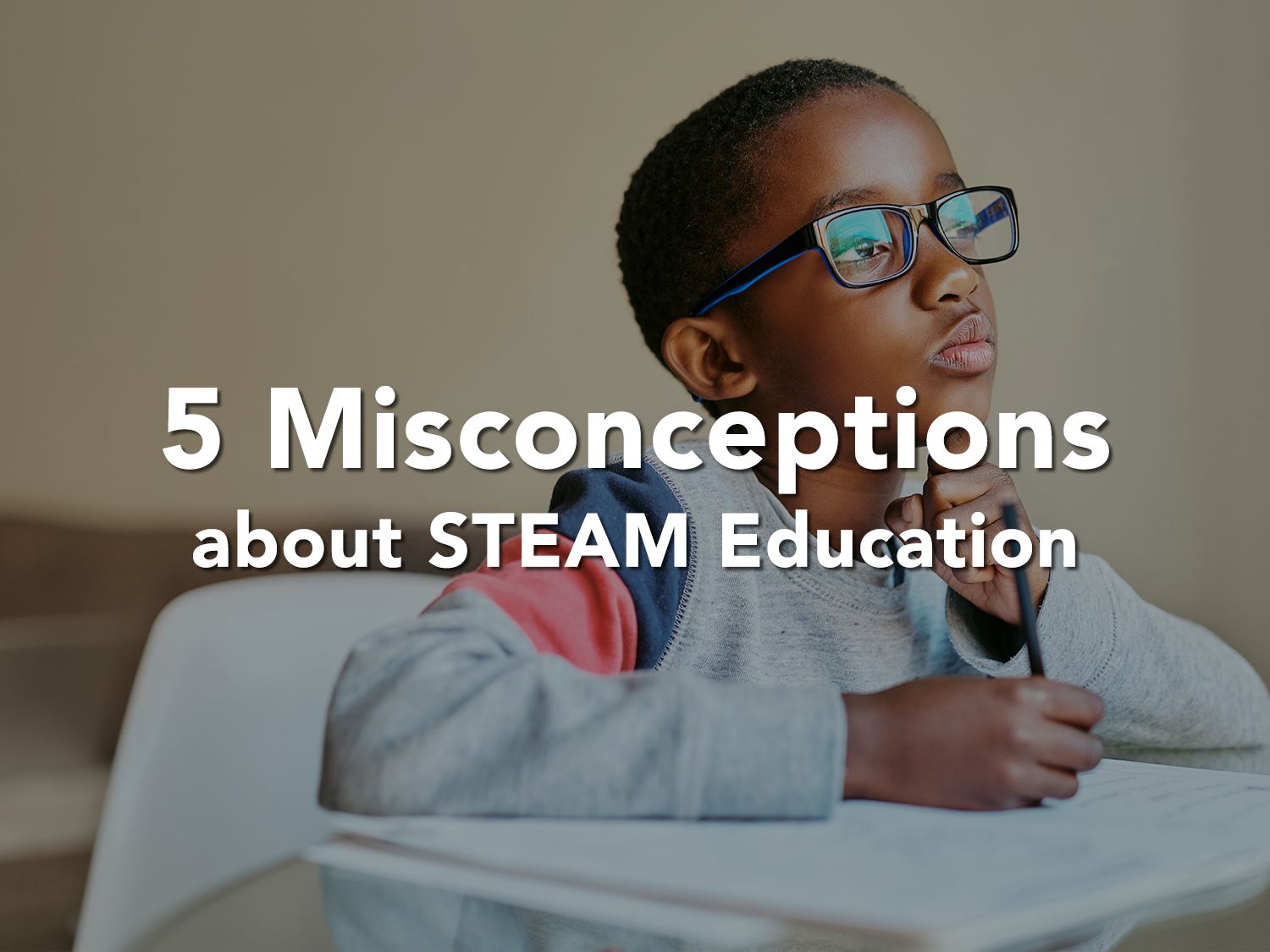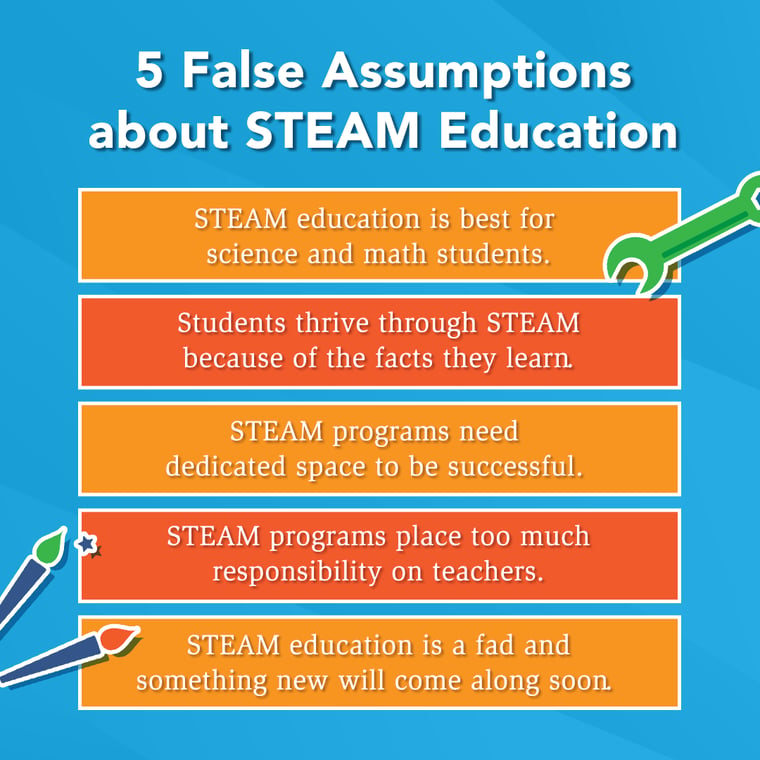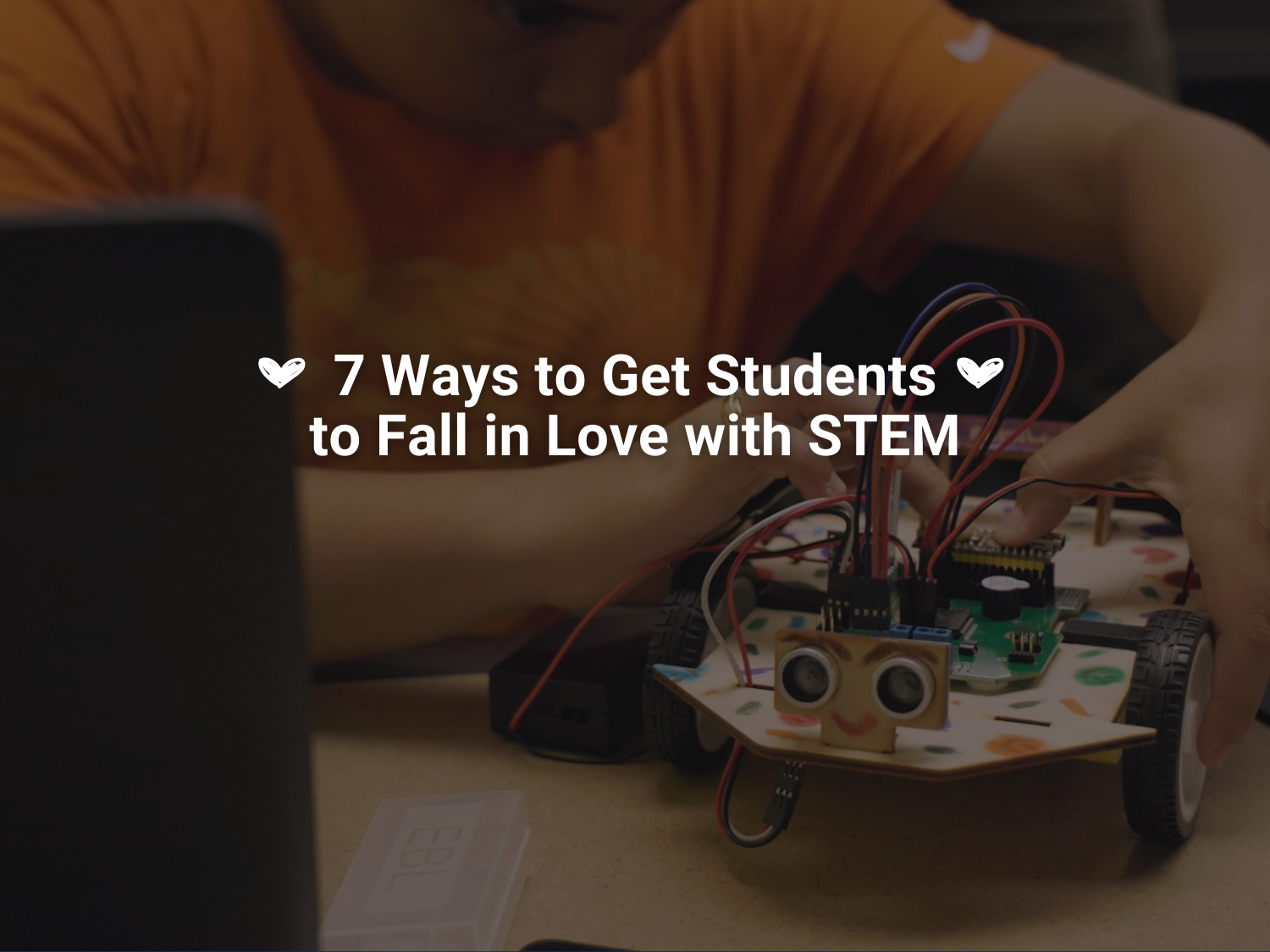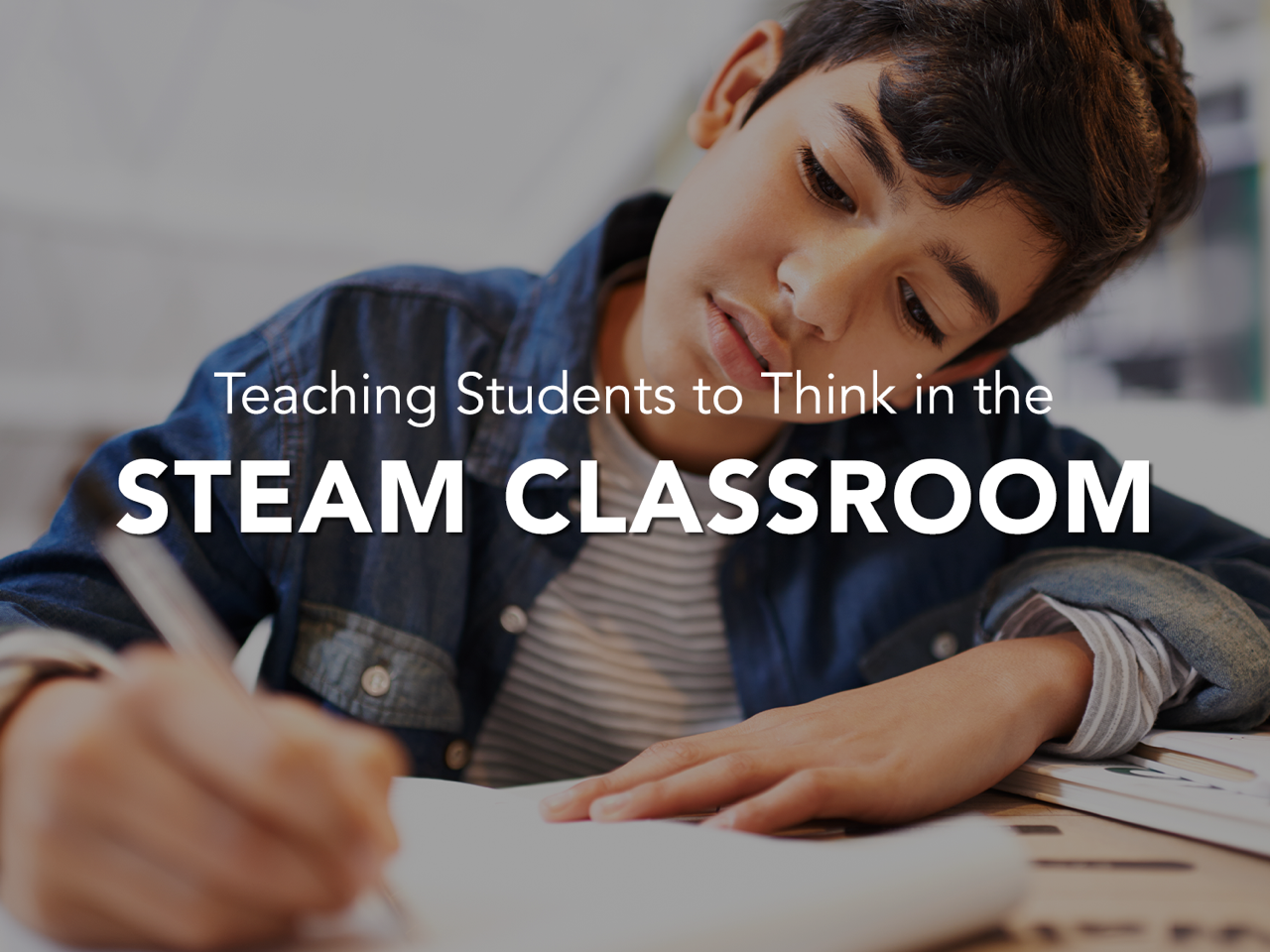5 Misconceptions About STEAM Education

STEAM (Science, Technology, Engineering, Art, Math) education is more than just a hot topic in schools across the nation. Increased emphasis on science, technology, engineering, and mathematics in education started picking up traction in the past decade, and art was added to the mix as an essential component more recently. As these skills become more important in growing industries, early educators are finding innovative ways to incorporate STEAM concepts into curriculum.
Today, STEM jobs make up more than 20% of the workforce, and that number is growing. Right now, the top 10 Bachelor’s degree majors with the highest median earnings are all in STEM fields. The National Science Foundation (NSF) reported that in 2021, 32.6% of all Bachelor’s degrees awarded in the U.S. fell under the Science and Engineering umbrella. More recent research indicates that the most successful professionals in STEM will actually be those who have developed the soft skills of STEAM: creativity, communication, critical thinking, and collaboration.
It’s evident that STEAM education is of growing importance to today’s students. Still, misconceptions surround the elusive acronym. Paul Druzinsky, a former school director in suburban Chicago, is a champion of STEAM education in schools. After years working on the front lines as a teacher, administrator, and leader, Druzinsky is dedicated to clearing up the misunderstandings around this topic. Below Druzinsky explains how STEAM education benefits students of all backgrounds, and why it’s a vital component of early education in the world today.
5 Misconceptions about STEAM Education
As with most school curriculum initiatives and changes, challenges occur both pragmatically and realistically. Assumptions and preconceptions are typically harder obstacles to success than actual physical barriers or failures. In the case of STEAM education and implementation, here are a few key (and mostly false) assumptions in implementing meaningful STEAM programs.
- STEAM education is best for science and math students. This is patently false! The assumption is that both the focus and strength of STEAM rests with math and science facts, and with students who excel or are driven by the hard sciences. Nothing could be further from the truth. A deeper look at the world of the humanities—music, art, drama, will demonstrate thousands of years of connections—from a math- based perspective in paintings and drawings to the Broadway stages, where plays and musicals are designed with lighting, sound, animation, and staging. The crossover between doctors who are also musicians and musicians who also are doctors can be found throughout history in every culture across the world. Math, Science, Art, Music, and Drama thrive best when they are combined and collaborate with common goals.
- STEAM education strengthens math, science, and 21st century skills. This is absolutely true! But not for the purpose of raising test scores. STEAM education ignites interest and passion in students and demonstrates the most fundamental of learning principles—allowing students to learn by doing, not simply by studying or reading, will reinforce virtually any skill being taught. Students thrive through STEAM not because of the facts they learned, but because of the skills and strategies they gained for thinking through and problem-solving real-world challenges.
- STEAM programs need dedicated space to be successful. This is false. Dedicated labs and makerspaces certainly are great—but classroom spaces across all curriculums are at a premium in many schools, and the success of STEAM programs is not contingent on dedicated space. In fact, both building and teaching STEAM projects and curriculum in any classroom will do, and using outdoor spaces, provide wonderful interdisciplinary opportunities for students. The best STEAM programs thrive in any and every physical environment.
- STEAM programs place too much responsibility on teachers who do not have the skills or resources to successfully implement them. This is true only in programs that overlook the essential component of professional development and appropriate support. Successful STEAM programs understand how critical it is to provide curricular support that allows teachers of every discipline and professional background to partner and teach students the essential STEAM problem-solving skills.
- STEAM education is a fad and something new will come along soon. This above all else is false! High school and college students who experience strong STEAM programs in their K-8 school education consistently speak about how STEAM programs influenced and ignited their passion for learning and problem-solving across all disciplines. Teacher testimonials speak to the excitement, joy, and sense of accomplishment their students express from their STEAM experiences. The number one lesson learned? When given a choice, students and teachers want greater, not fewer STEAM opportunities!

In Summary
Implementing STEAM projects into any classroom is easier than ever. To get started, read about 6 Ways to Make Time for STEAM in Schools. When you’re ready to introduce students to interactive, engaging, and hands-on STEAM activities and projects, try the LaunchPad or Art Electric introductory package in your classroom!
-1.png?width=350&height=89&name=TinkRworks%20Logo_Learners%20to%20Innovators%20V2%20(1)-1.png)


